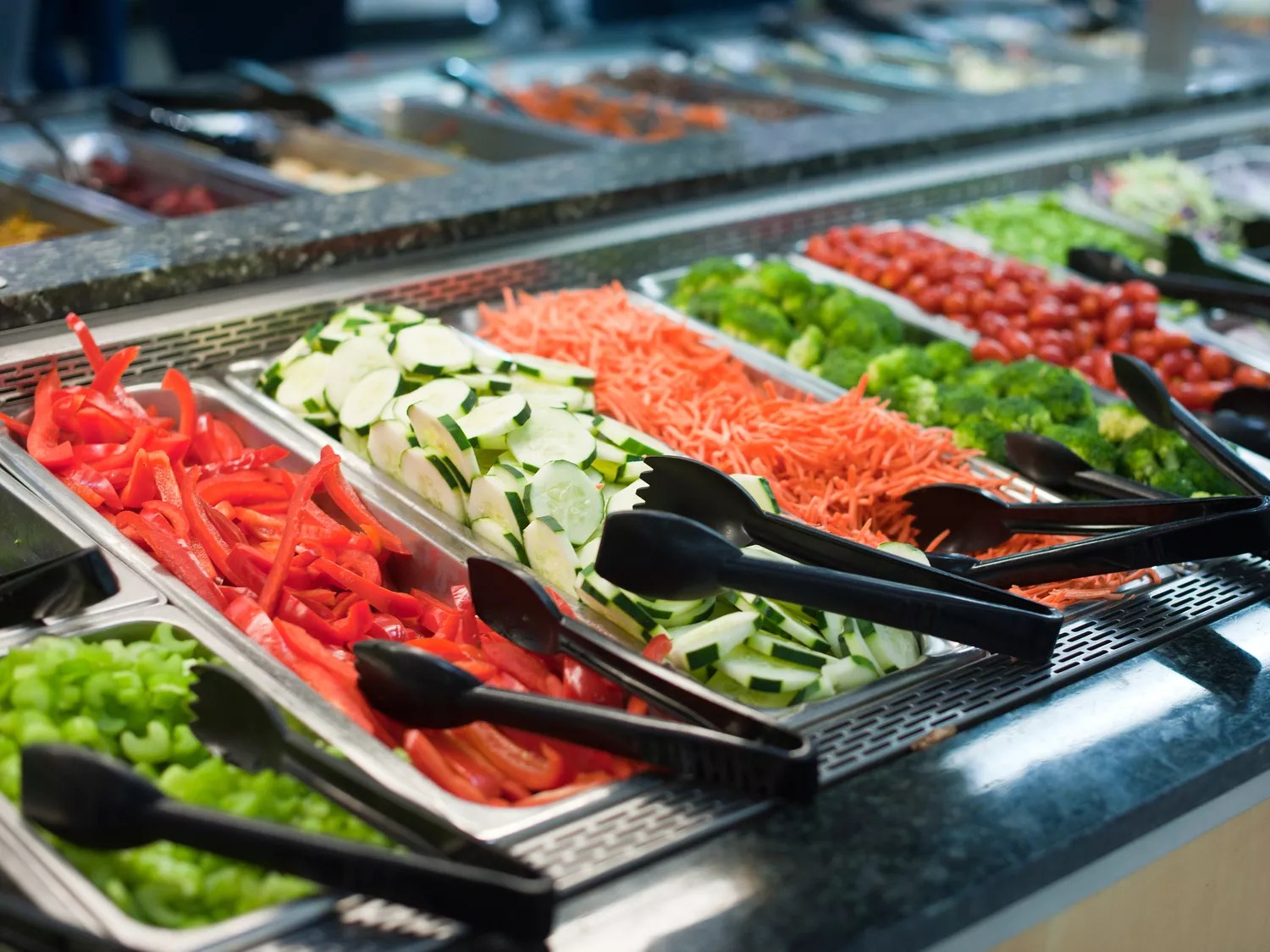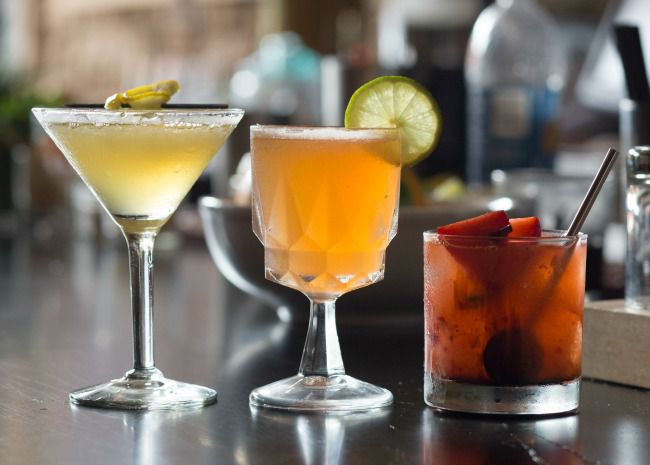The COVID-19 pandemic may have seemed like the death of all-you-can-eat buffets, and it was, temporarily. But now these popular restaurants are back again. Health restrictions have been lifted and people are once again helping themselves to unlimited heaps of food for a single price. It’s an experience that satisfies both socially and financially, qualities that people are craving more than ever right now. It’s no wonder buffets are thriving.
One report, published by Ibis World, says the market size of the buffet restaurant industry increased by 9 percent in 2022. That’s following a 5.5 percent decline over the previous five years. The U.S. industry, which generates $8 billion in revenue each year, is expected to keep growing, particularly because it attracts customers over the age of 50, who “tend to consume less food relative to the amount of money they spend during each restaurant visit when compared with younger customers, increasing industry profit.”
Buffets Are Serving Up More Than Food
That’s the good news. But there is a downside, as well. Buffets are, well, a wee bit icky when you stop to analyze them. You’ve got vast spreads of food that dozens, if not hundreds, of guests are all helping themselves to, getting up close and personal with the same serving dishes and utensils that you are using. That exposes you to germs and illness and poor hygiene habits that you wouldn’t come into contact with if you were being served a plated meal. And sometimes that food sits for a while at the wrong temperature, creating a risk of bacterial contamination.
One infectious disease specialist has even described buffets as “cesspools for bacteria,” which will surely ruin your appetite. (Sorry.) Allison Agwu, professor of pediatric and adult infectious diseases at the Johns Hopkins School of Medicine, told Vice:
“You can get just about anything that can be transmitted by oral secretions. The major bacteria players when it comes to unsanitary food buffet stations can be E. coli, salmonella or more common in deli meats, listeria. As far as viruses go, norovirus is the main one that we think about because it’s known to take out a whole cruise ship of people when they are eating from buffets regularly.”
Often, the customers are their own worst enemy. The restaurant staff may be adhering to all the food handling rules and regulations perfectly, but if diners themselves are not complying with basic expectations, it can ruin things for everyone else.

Juanmonino/Getty Images
5 Things to Avoid at the Buffet
- Not using the designated serving utensil. It’s crucial to use utensils (not hands) and to stick to the one that is designated for each serving dish. Ideally, there should be multiple utensils per dish so you are not tempted to nab one from another dish.
- Reusing your plate. It is important to use clean plates and cutlery with each refill to prevent cross-contamination from the germs on your used plate to the serving utensils. Children serving themselves should be supervised too.
- Not washing your hands often enough. Think about all the hands touching those serving utensils. You might want to use hand sanitizer before and after trips to fill your plate, and never touch the sneeze guard, meant to protect food from errant saliva and other airborne droplets.
- Eating food the utensil’s handle has touched. Avoid digging out fallen utensils from pans of food and from using them, and maybe avoid that pan of food altogether; it’s sort of like putting a public door handle into a dish.
- Eating uncooked greens, seafood, and cantaloupe. Avoid uncooked greens like romaine, bean sprouts, and spinach, which are sometimes contaminated with E. coli. Sushi, tuna, and raw oysters are risky, as is cantaloupe, which oddly has a surface more conducive to salmonella than other fruits. (If you do eat it, make sure it is thoroughly chilled.) Lemon slices are also a bacteria magnet.
Now that your appetite has probably been fully ruined (again, we apologize), maybe consider going to a sit-down restaurant next time you are hungry, instead of a buffet. The potential health savings, aka not getting food poisoning, are worth any price tag.




